Understanding Cat Behavior: Expert Insights from Pet Behaviorists
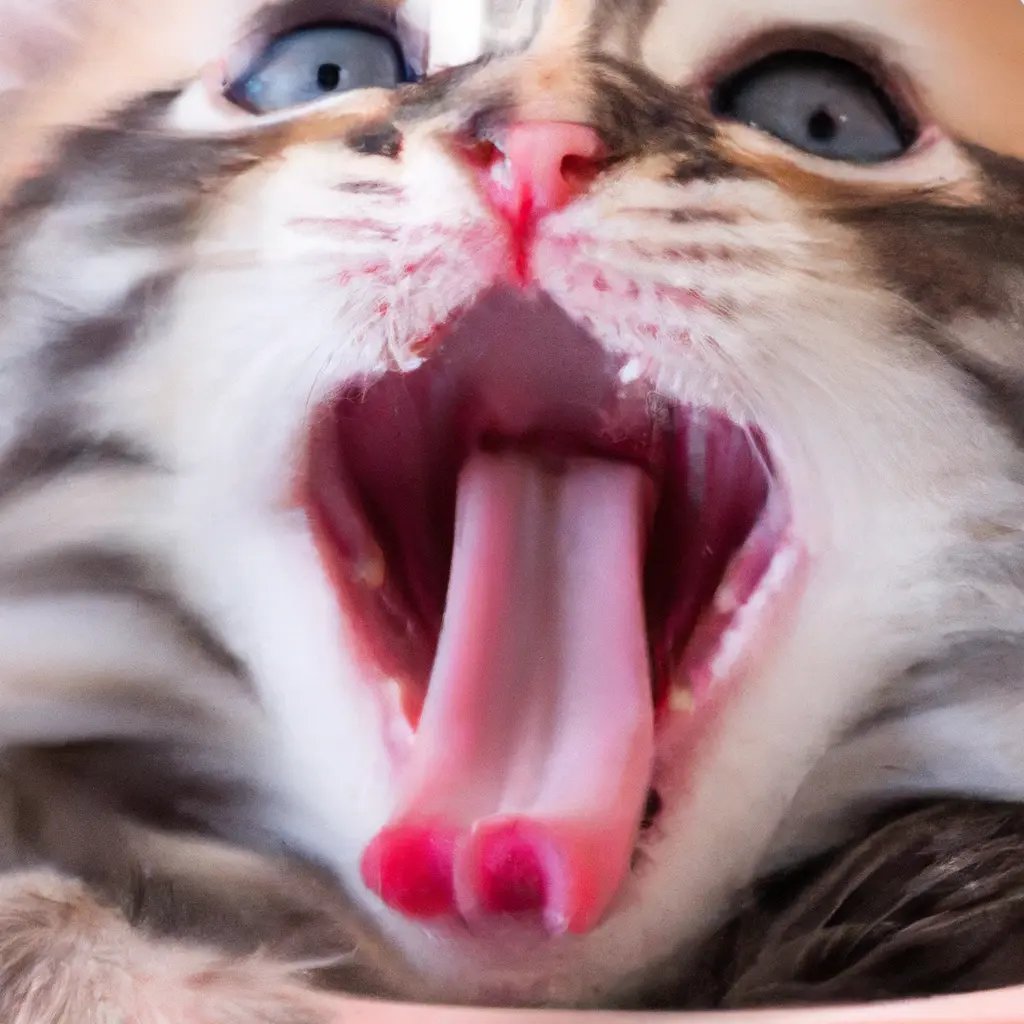
As certified pet behaviorists trained at the Olivier Zoppi Academy, we understand that cats communicate through a sophisticated system of behaviors, vocalizations, and body language. Learning to interpret these signals with professional insight can enhance your relationship with your feline friend and help you meet their needs more effectively.
Professional Analysis of Feline Body Language
Our behavioral certification has taught us that a cat's body position reveals specific emotional states:
Tail Position Interpretation
- Vertical tail with slight curve: This indicates confidence, contentment, and social receptivity. The slight curve at the tip often signals friendliness and openness to interaction.
- Piloerection (puffed-up tail): When a cat's tail becomes bushy due to hair standing on end, this is a defensive posture indicating the cat feels threatened. This autonomic response is designed to make the cat appear larger to potential threats.
- Lowered or tucked tail: This indicates anxiety, submission, or uncertainty about a situation. It's often seen in new environments or during first encounters.
- Subtle tip movement: When focused on a potential prey item or point of interest, cats often exhibit subtle movements at just the tip of an otherwise still tail, indicating focused attention and mild excitement.
- Wide tail movements: Rapid, deliberate tail movements indicate increasing agitation or irritation. This is a clear communication that the cat's tolerance threshold is being approached.
Expert Analysis of Ear Positions
- Forward-oriented ears: When a cat's ears are pointed forward, they're demonstrating active attention, interest, or positive emotional states.
- Ears flattened against head: This defensive posture signals fear or agitation and is often accompanied by other defensive body language.
- Ears rotated backward: Backward-turned ears indicate irritation, overstimulation, or conflict between approaching and avoiding a situation.
- Rapid ear movements: Quick ear rotations in different directions indicate the cat is processing multiple environmental stimuli and may be in an uncertain state.
Professional Insight on Facial Expressions
- Slow eye blinking: This behavior, often called a "cat kiss," is a display of trust and affiliative behavior. When a cat deliberately closes and opens their eyes slowly in your presence, they're communicating comfort and security.
- Pupil dilation assessment: Changes in pupil size should be interpreted contextually. Wide pupils in normal lighting can indicate emotional arousal, whether from fear, play motivation, or aggression.
- Whisker position: Forward-facing whiskers generally indicate interest and attention, while whiskers pulled back against the face often signal fear or defensive posturing.
- Mouth positioning: A slightly open mouth with teeth exposed (distinguished from a full hiss) often indicates the "Flehmen response," where cats are analyzing scent particles using their vomeronasal organ.
Full Body Posture Analysis
- Defensive arching: The classic "Halloween cat" posture with arched back, raised fur, and sideways orientation is designed to make the cat appear larger and more imposing to threats.
- Ventral exposure: When a cat displays their abdomen, it demonstrates environmental security but is not always an invitation for contact. This posture places vital organs in a vulnerable position and indicates significant trust.
- Compact posture: The "loaf" position (paws tucked under body) indicates a relaxed but alert state where the cat feels secure but is conserving energy while maintaining readiness.
- Full extension posture: Side-sleeping with limbs outstretched represents the highest level of security and comfort, as it maximizes vulnerability while demonstrating complete environmental trust.
Professional Interpretation of Vocalizations
Our certification in pet behavior has given us insight into the nuanced communication system of feline vocalizations:
Vocalization Pattern Analysis
- Purring complexity: While often associated with contentment, purring serves multiple functions including self-soothing during stress or pain. It can also function as a solicitation behavior for attention or resources. Context is essential for accurate interpretation.
- Meow variations: Adult cats have adapted meowing primarily for human communication rather than cat-to-cat interaction. Professional analysis shows different patterns indicate different needs:
- Brief, high-pitched meows: Generally greeting or acknowledgment
- Sequential meows: Often indicate heightened excitement or urgency
- Mid-range, moderate meows: Typically requests for resources or attention
- Extended, modulated "mrrrooow": Indicates more insistent demands or dissatisfaction
- Chirping/chattering: This distinctive sound combines elements of excitement and frustration, typically occurring when visual prey stimuli are present but inaccessible.
- Vocalization analysis of distress: Yowling and extended vocalizations can indicate various states including reproductive behavior, cognitive dysfunction (especially in senior cats), territorial concern, or genuine distress.
Behavioral Science of Common Feline Activities
Affiliative Behaviors
- Kneading behavior: This rhythmic paw pressing against soft surfaces originates from nursing behavior that stimulated milk flow. In adult cats, it indicates positive emotional states and often transfers to objects or people associated with comfort and security.
- Allorubbing (head-butting): When cats rub their heads against objects or people, they're depositing facial pheromones from glands located around the face. This marks the recipient as part of their accepted social group and "safe territory."
- Allogrooming: Social grooming (licking) directed at humans or other animals represents incorporation into the cat's social group. This high-trust behavior demonstrates acceptance and social bonding.
Territory Management Behaviors
- Scratching behavior analysis: Scratching serves multiple functions including claw maintenance, stretching, visual territorial marking, and depositing pheromones from interdigital glands.
- Elevation seeking: The natural preference for high vantage points relates to both security (avoiding ground-based threats) and information gathering (better visual surveillance of territory).
- Elimination behaviors: Inappropriate elimination requires professional analysis to distinguish between medical issues, litterbox management problems, and territorial marking behaviors.
Professional Behavioral Assessment
As certified pet behaviorists, we recognize that individual cats have unique communication styles based on genetics, early socialization, and learning history. Baseline behavior assessment is crucial for identifying meaningful changes that might indicate stress or health concerns.
By applying professional behavioral science to your observations, you can develop a deeper understanding of your cat's communication and needs. Remember that respect for feline communication includes honoring their requests for space and autonomy, which are essential components of maintaining trust in the human-cat relationship.
Categories
Zuppi
We're passionate about providing the best pet care information and services.
Recent Posts
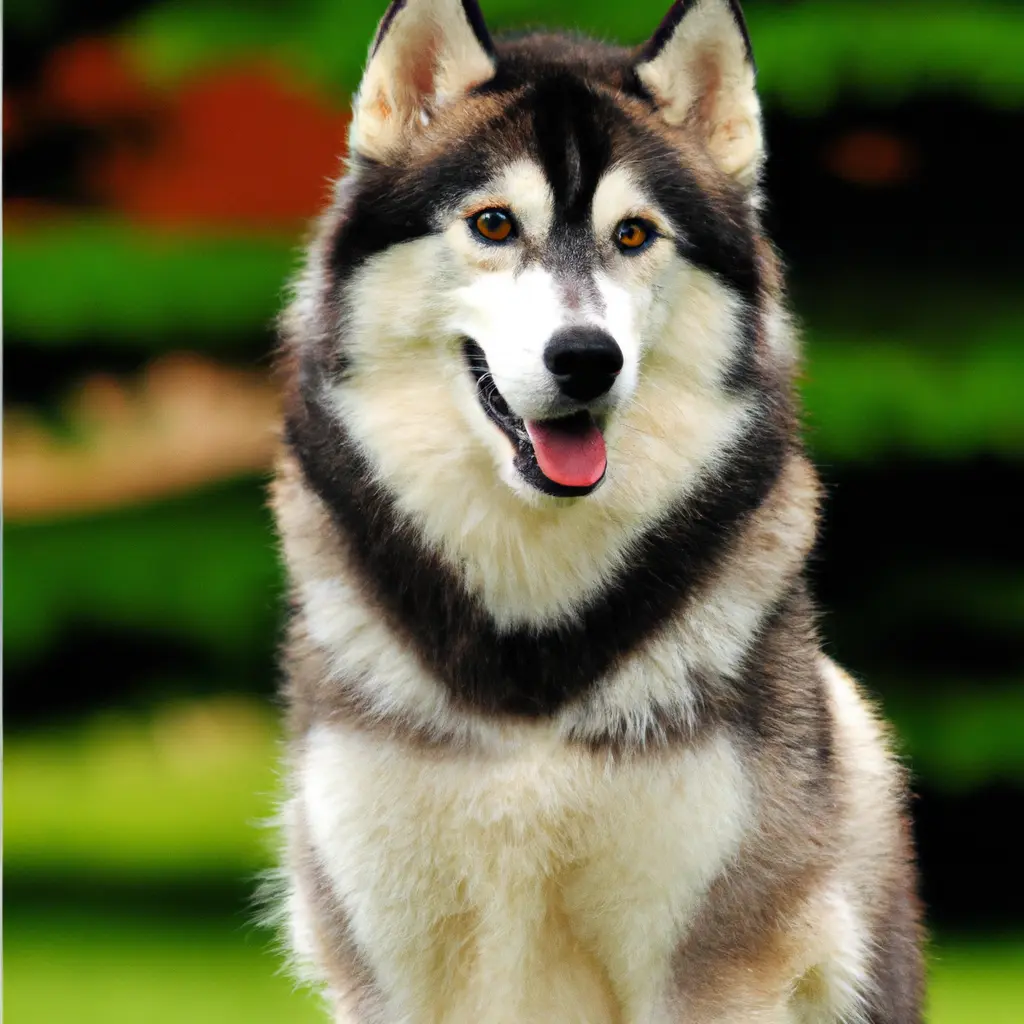
Tailoring Nutritional Needs to Specific Breeds: A Guide for Pet Owners in Dubai
Mar 29, 2025

Healthy Snacking Options for Pets: A Guide for Dubai Pet Owners
Mar 29, 2025
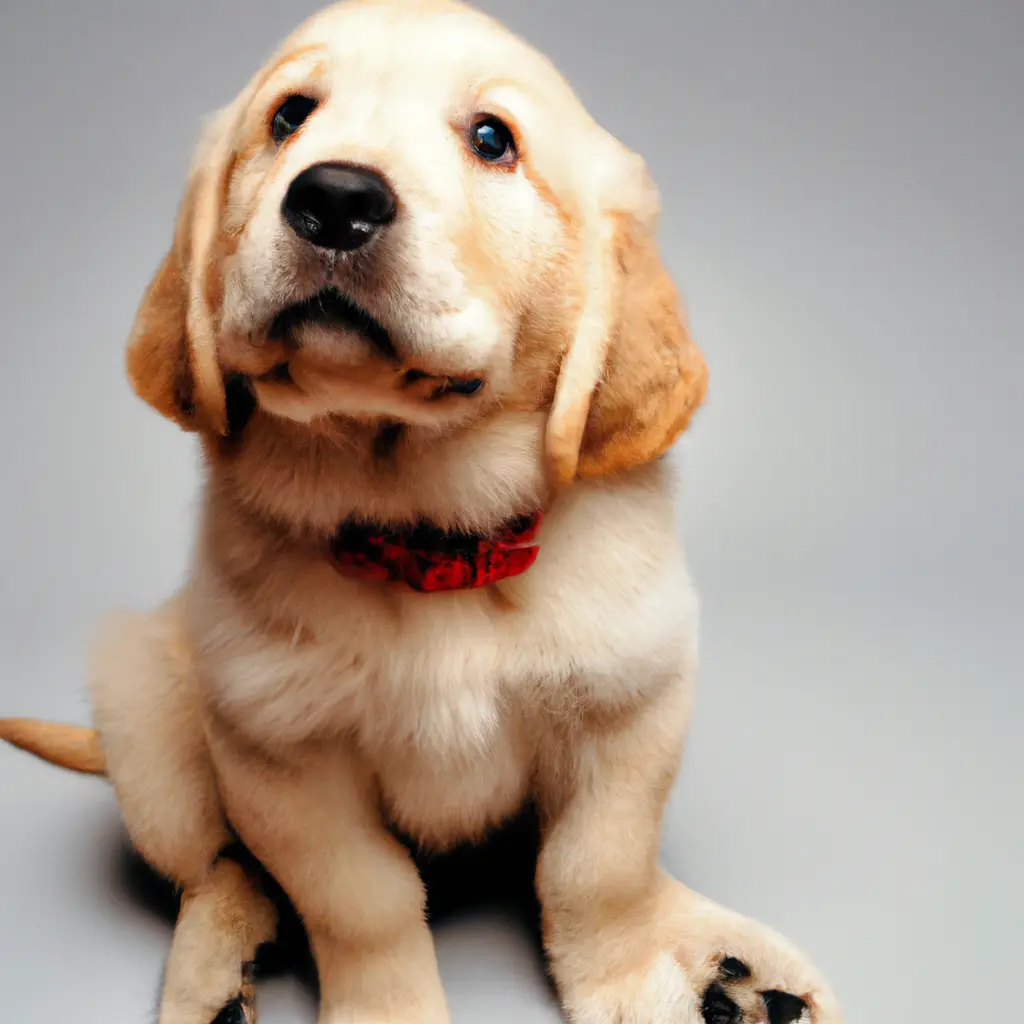
Incorporating Fresh Ingredients into Your Pet's Diet in Dubai
Mar 29, 2025
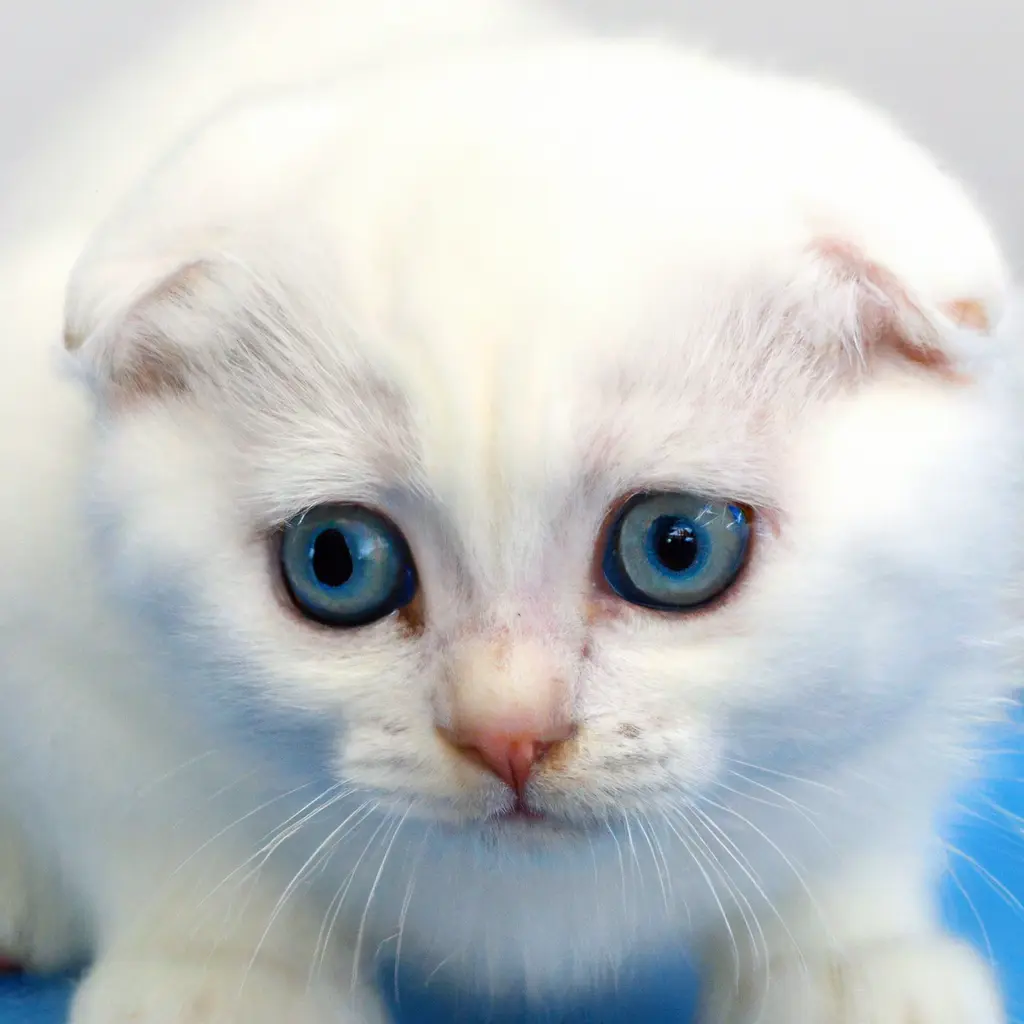
How to Identify Food Allergies and Sensitivities in Your Pets
Mar 29, 2025
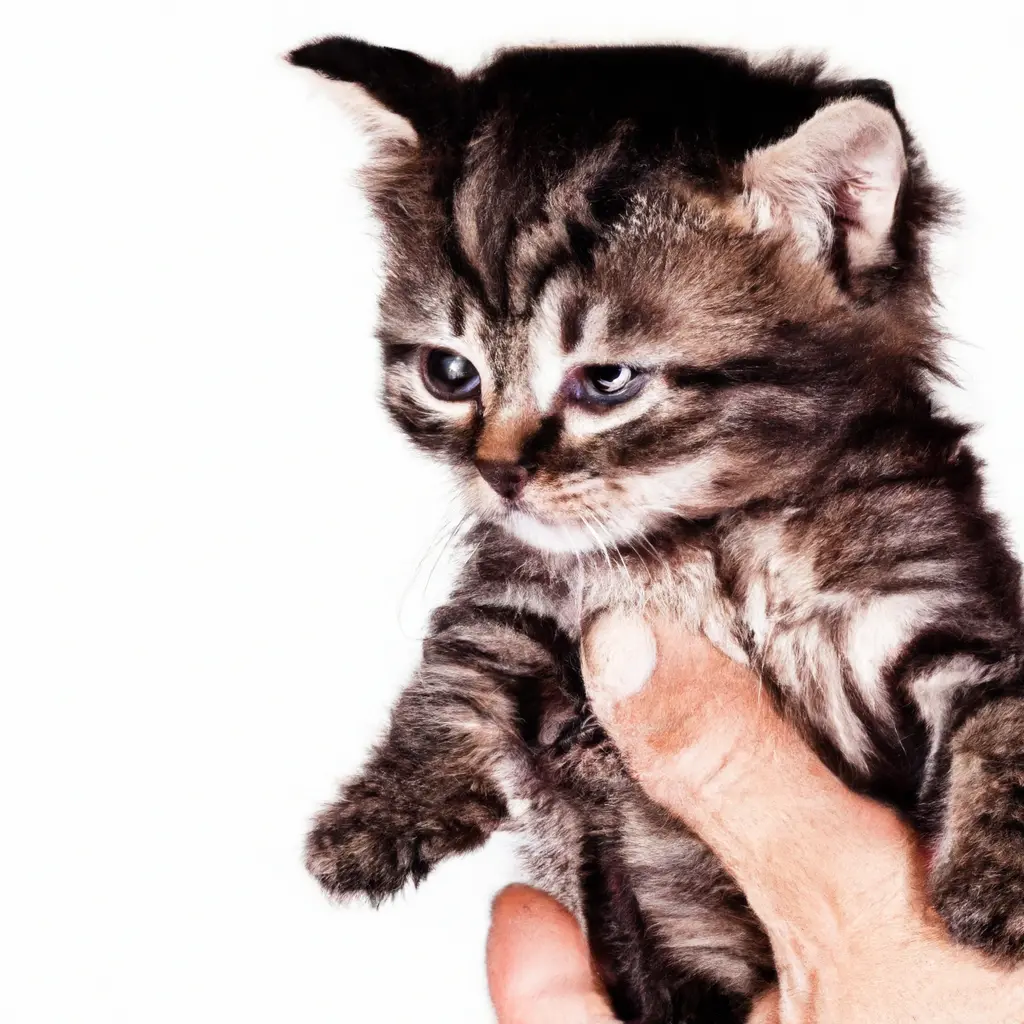
Mastering Pet Care in Dubai: Establishing Healthy Routines in a Busy Lifestyle
Mar 29, 2025
Need a Pet Sitter?
Our professional pet sitters are ready to care for your furry friends.
Join Us TodayYou Might Also Like

Tailoring Nutritional Needs to Specific Breeds: A Guide for Pet Owners in Dubai
Welcome to our comprehensive guide on tailoring nutritional needs to specific dog breeds, essential reading for every pet owner in Dubai. Understanding your pet...
Read Article
Healthy Snacking Options for Pets: A Guide for Dubai Pet Owners
As pet owners in Dubai, where the climate is uniquely challenging, ensuring that our furry friends receive the right nutrients while keeping them hydrated and h...
Read Article
Incorporating Fresh Ingredients into Your Pet's Diet in Dubai
As pet owners in Dubai, we always aim to provide the best for our furry friends, especially when it comes to their diet. A balanced diet is crucial for maintain...
Read Article